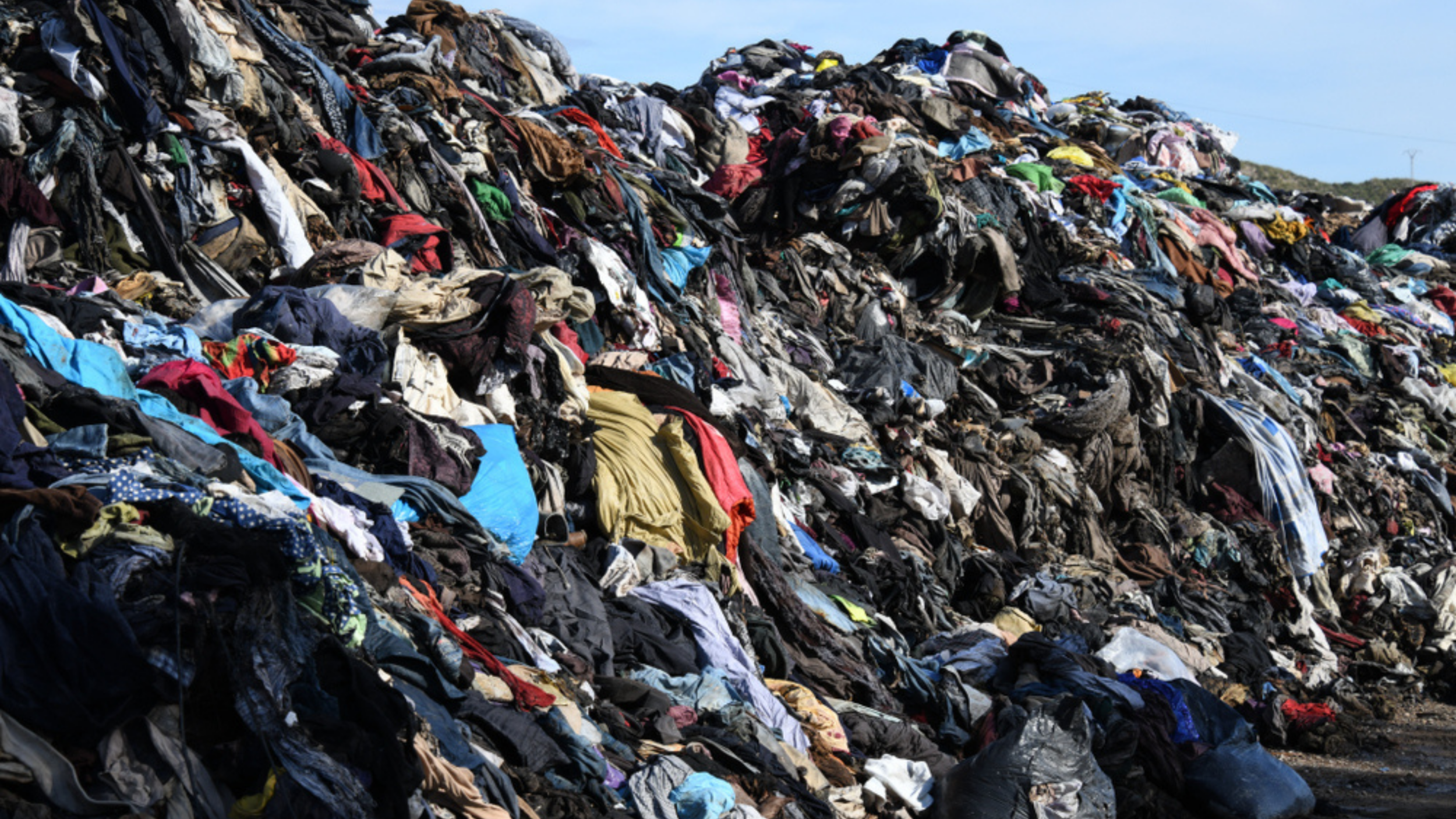6 Reasons Why Fast Fashion is Bad for the Environment
Fast fashion lurks around every corner of the mall and isn’t confined to only stores with lower price points. Designer brands and women’s contemporary markets are also guilty of fast fashion practices that we might not be aware of.
We often are blinded by their impact because brands are sneaky in their ways of marketing new desirable products. However, there is inconsistency transparency to employees and customers on the effects that fast fashion has on the environment.
Fast fashion brands promote and breed the longing for something trendy that you can get instantly at a low price, which has a negative impact on the environment as it creates an overwhelming amount of CO2, greenhouse gas pollution and contaminated water in the long run. People are often oblivious to the true cost of instant gratification with fashion, but it is not entirely their fault.
Fast fashion brands don’t market their ill practices and why would they? They are only interested in making sales. That is why it is our job to do the research to find transparency and educate ourselves so we can start walking in the right direction when it comes to making better purchases in sustainable fashion.
Here are 6 Reasons Why Fast Fashion is Bad for the Environment
As we continue our research and learn more about the fast fashion industry, we would like to share a few points of why fast fashion harms the environment.
1. Fabric dyes dumped into local water supply
Tirupur, India has a dense population of factories creating cheap denim products in a short period of time. Lots of factories lack the proper disposal methods of fabric dyes. Indigo is poisoning the waters in India because it is slow to decompose and can darken the water. The factories are directly pouring the wastewater into the rivers, contaminating the local water supply.
The harmful actions affect the animals and even crops! Over time, stray dogs that played in the river were affected by the indigo dye and their coats were dyed blue from the over-saturation of dye waste in the water. Crops are also dying due to the neglected rivers and the pollution from these harmful dyes that are thrown in the rivers.
2. Not much thought in the content of fibers
Many fast fashion brands are not conscious of the fibers they are using. This is harming and polluting the environment. They purchase cheap fabrics and don’t do research to see if they are treated with harmful toxic chemicals.
Since fast fashion is solely based on speed rather than quality, most of their fabrics have blends that include polyester, nylon, and acrylic which are essentially plastic and treated with thousands of harmful toxic chemicals during production.
Additionally, any garment that contains glitter or sequins is usually thrown into the trash after the holiday season if they are not purchased. This further leads to waste and pollution because they are not biodegradable.
3. Unnecessary packaging
When garments come in from factories they often come on one-use plastic hangers that are not always recycled. When you receive your purchase from an online fast-fashion store, there is usually excessive packaging and plastic wrap around the clothing. Companies usually ship or store clothing in poly bags that are hardly ever recycled and with every purchase, this waste accumulates.
To help reduce the issue of excessive packaging, it is encouraged to go to a brick-and-mortar store to purchase new clothing or better yet shop at thrift stores to help reduce waste even further. You can also bring a reusable bag so you don’t have to use the bags given at the register.
4. Returned garments end up in landfills or are incinerated
Did you know that the garments you return or send back to the store after bracketing are usually not repackaged and resold? “Bracketing” is a term for purchasing multiple sizes of the same garment and then returning the sizes that don’t fit.
According to BBC News, “5 billion pounds of waste is generated through return each year, contributing 15 million metric tons of carbon dioxide to the atmosphere.” Especially now with the pandemic, bedrooms have become the new dressing room and bracketing is becoming a bigger issue.
5. Too quick to restock
The rate of receiving new garments is alarming. For example, Zara gets restocked twice a week. The fuel used to move merchandise this quick is tremendous. Additionally, every time a fast-fashion store drops a new line of merchandise they will push to get rid of their old garments to make room for the new. Often the clothing is marked down, but the merchandise that is not sold is being sent to landfills. “In 2018 H&M had $4.3 billion of unsold merchandise”, according to New York Times.
Next time you find yourself about to make a quick purchase on a trendy fast fashion item, ask yourself if you really need it. Refer to our wardrobe resolutions article for more questions you could ask yourself before buying new clothes.
6. Social Impact
The environment isn’t only specific to the land and sea. Society also plays a huge role in the environment and we believe that the impact of producing fast fashion on the workers is just as important. Fashion Nova is exploiting the sweatshops based in Los Angeles. Workers are forced to work for hours on end and are treated terribly. Unfortunately, it’s not a surprise that fast fashion companies are using unethical sweatshops.
On doing more research, you will find that a “Made in the USA” tag does not mean that it is exempt from unethical practices. That is a common misconception of consumers. Companies are not as transparent as we would like them to be when it comes to what their ethical practices are, so they allow the consumer to assume and gain profits from other’s inaccurate, but hopeful assumptions.
We Can Lead the Change Toward Sustainable Fashion
Companies have gotten away with too much harm and not been accountable for their damage to the environment. With the current spark of the conversation surrounding sustainability, we can all do our part in educating ourselves so we can make more mindful decisions. We feel you, it might be upsetting if you have learned some of your favorite brands have led you to false assumptions. Sometimes companies decide profit over values.
We demand that brands need to be more transparent. These fast fashion companies know their direct impact on the environment and their workers. The good news is that as customers we have choices in this world and we can choose to vote with our dollars on the companies that have positive values.
Works Cited
"H&M, a Fashion Giant, Has a Problem: $4.3 Billion in Unsold Clothes." The New York Times, www.nytimes.com/2018/03/27/business/hm-clothes-stock-sales.html. Accessed 26 Jan. 2021.
"Indigo Dye Is Affecting the Water Supply in India." The Borgen Project, 12 Apr. 2019, borgenproject.org/indigo-dye-is-affecting-the-water-supply-in-india/. Accessed 26 Jan. 2021.
The Pretty Planeteer. theprettyplaneteer.com/fashion-industry-waste/. Accessed 26 Jan. 2021.
SAVE PIN FOR LATER
Let’s Be Social!













